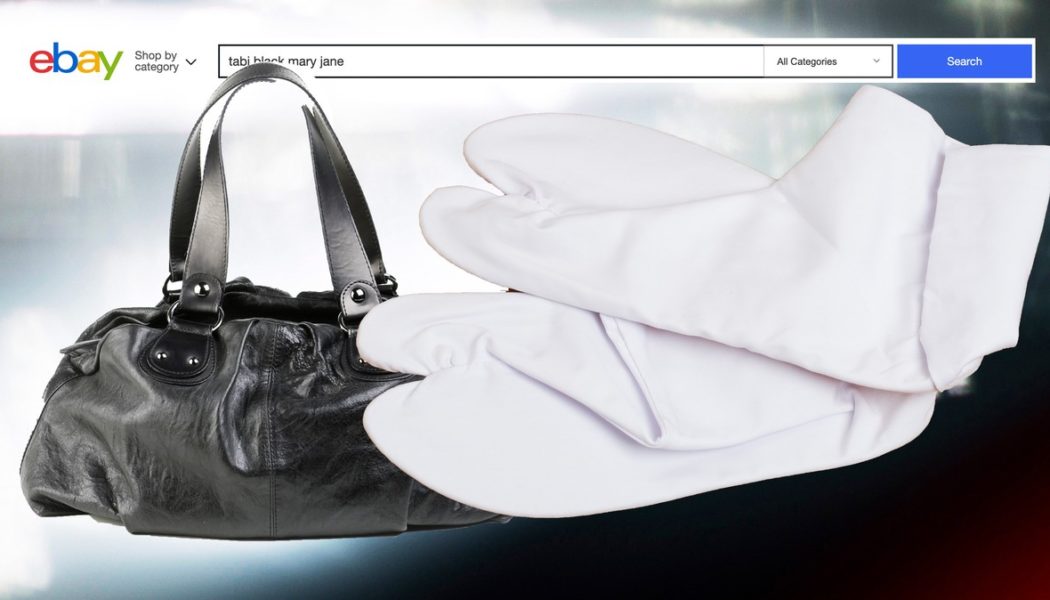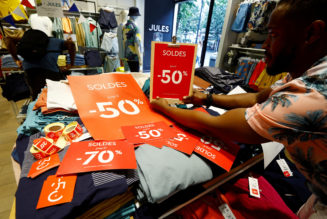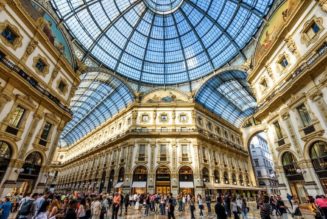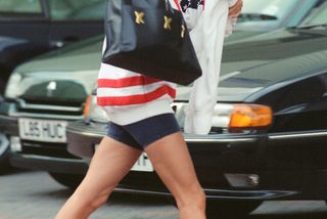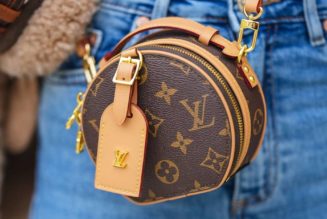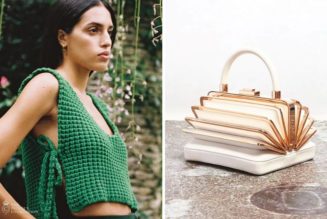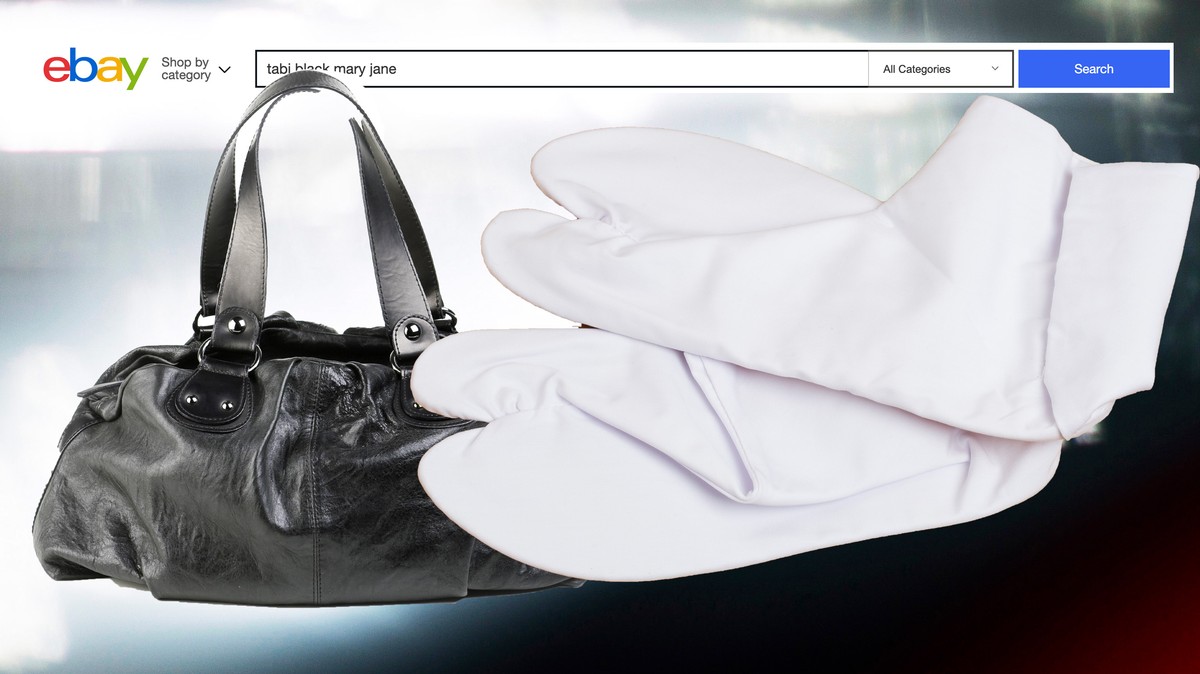
About a month ago, my life was changed by the entrance of a small, transparent perfume bottle. With no markings save the name of the perfume store from which I bought it, the 100ml bottle was discreet, almost elegant. When I spritzed, it smelt like peach – Tom Ford’s Bitter Peach, to be exact. But it’s not Tom Ford’s Bitter Peach. It’s a $35 dupe.
Dupes are not new. But the discourse around this fashion grey area has evolved. Dupe quality, range and accessibility are increasing, while the machination of mass-production has gutted the expected quality for high-ticket items. Established brands are able to coast on name power and hubris, while young people, searching for a place to spend, are overwhelmed by choice.
The moral question of dupes is fraught with several competing truths. Young people should be encouraged to invest in high-quality items that they will keep forever and pass down for generations to come. “High-quality” items can be rip-offs, which is especially true for beauty products, where formulations and colours barely distinguishable from the luxury editions are sold in the more affordable diffusion lines owned by the same conglomerates – most of the time, you’re paying for the brand name and pretty packaging.
On conglomerates, it’s all the fucking same. Being a consumer in 2023 means you’re faced with the hard truth that whether you buy Louis Vuitton, Dior, Stella McCartney, Fenty Beauty, Celine, Pucci, Off-White or Marc Jacobs, you’re making the same billionaires richer. But without the rich legacy of those brands, the iconography, innovation and the work of countless artists, where is the basis for the compulsion to buy? If you weren’t interested in what those brands had built, you wouldn’t be considering buying their products, let alone the dupes.
So here it is. To dupe or not to dupe?
Owning a pair of Margiela Tabis once meant something. It meant your tastes aligned with the sensibilities of anti-fashion, you knew your history, and didn’t mind large swathes of the population thinking your shoes were hideous, because their significance placed you squarely within the if-you-know-you-know sanctum. Today, all that is meaningless. The shoe is trendy, and owning it demonstrates you A) can afford shoes that cost a month’s rent, B) have a talent for secondhand shopping, or C) know where to find the good dupes.
On a TikTok video of a girl showing off her Tabi dupes, with the dropshipper’s name linked in the caption, the top comment is “if you can’t afford Tabis, don’t buy them”.
Margiela didn’t invent the tabi shoe, they’ve been around since 15th century Japan. But the label was founded on the basis of anti-fashion and, at this point in the cycle, purchasing dupes of your favourite luxury items from dropshippers places you in an absurd moral quagmire. You’re rebuking the exclusivity and elitism of luxury fashion, but still participating in its aesthetics.
On one hand, fashion bitches hate it: Here are hundreds of little girls with no money who can suddenly afford to participate in a once-exclusive culture.
On the other hand, by purchasing and wearing dupes of luxury fashion you are no longer in protest, rather pandering for inclusion in the elite set, knowing all the while you are faking it.
For some, this isn’t a problem. Tabis are cute, they are quirky, they have an element of surprise and subversion that is a delight to behold. And while the alignment to Margiela is nice, it’ll cost you $1000.
Dupes of the luxury iteration will set you back $100-$200, a relatively reasonable price for labour and materials, stripped of marketing and brand name costs. If the quality is comparable, who’s going to know?
When it comes to quality high fashion dupes, the murmuring sentiment is: they’re all made in the same factories, anyway. There’s truth to this in some cases, though it isn’t the case for Margiela’s Tabis, which are all made in Italy. But still, eBay is filled with dupes.
There’s this guy on TikTok who visits trade shows and speaks with representatives from the manufacturing houses responsible for making garments for luxury and high-end labels – Fendi, Bape, Heliot Emil…. We see a $3000 coat, manufactured at $180pp, in the same factory as hundreds of other brands.
“Even Italian brands produce in China,” he said at a Fashion World Trade Show in Japan. It’s no indictment on Chinese manufacturing – it’s some of the best in the world – but an indictment on the suspension of disbelief the industry strives so hard to delude us into. As if everything wasn’t made in the same factories. As if my body will fit this brand better as opposed to that brand when they are all the same.
While the TikTok guy’s intention is on highlighting the artisans producing these clothes for luxury brands, and recommending them as makers for would-be fashion entrepreneurs, it reveals a depressing reality: If all we’re getting from these products is a kinship with the brand, and a signifier that we have the disposable income to “invest” in a one, two, three thousand dollar item, then what’s the point? Do I need to flex my wealth in that way? What do I care for Balenciaga, really? Why should I give them my money?
On Balenciaga, their 2021 Le Cagole bag, hot and trendy just barely within memory, is a $3000 bad-taste time-bomb, and everyone has it. Because AliExpress is filled with its dupes.
Dupes are the calling card of Chinese dropshipping retailer AliExpress. Even the website’s app has a reverse-image-search feature – a portal into the dupe shadowland.
This environment where dupe culture has blossomed, shared across the four horsemen of the fast fashion armageddon – AliExpress, eBay, Etsy, and the worst of all Shein – is a nightmare of mass consumption, where it’s not just luxury items that are duped, it’s open season on all IPs. Small, independent brands are constantly ripped off and the $1-10 price tags are a singing canary for sweatshops, poor working conditions and unfairly paid labour. The environmental cost is unmentionable.
Speaking with VICE back in 2020, one shopper explained her proclivity for buying fast fashion dupes from AliExpress: “It’s meant that I can always know I have something new to wear for a night out and my wardrobe is always updating,” she said. “I don’t feel so bad in comparing myself to other people like celebrities, the influencers and my friends, because even though I know the quality isn’t great and the materials and shipping isn’t good for the environment, it means I get to be a normal person too.”
People’s direct and constant exposure to fast fashion, the trend cycle and influencer culture online has produced a deranged frenzy for consumption, wholly out of touch with reality, in spite of damning environmental and ethical issues. The poorly made plastic garments may be worn for one Instagram photo or a night out, and they may then bounce around from op shop to op shop. But these garments will inevitably end up in landfill, most likely as toxic waste in another country, because the west loves to export its problems in the name of charity.
When something is “cheap”, “inexpensive”, or, basically, “accessible”, the inclination for overconsumption is powerful. Now, instead of saving up to buy a pair of Margiela Tabis, I can buy dupes, right now. And then maybe, if I like them, I can buy another in future. It’s a sad reality that the process of saving, investing, pursuing and researching has, for many people, lost its value to the immediacy of instant gratification.
But if done mindfully, and sparingly, the purchasing of quality dupes can be a sort of actualisation for those unable to afford the real thing. At the very least, it could be a learning experience. You might discover you don’t actually like the product, or maybe you’ll be able to get more wear out of your dupes, no longer needing to fear inadvertently reducing their resale value from gallivanting too hard.
There ought to be some rules, though: If it seems too cheap then it is.
There’s a human cost, so try to practise discernment. Luxury brands are fair game, but if you’re knowingly buying dupes of small, independent brands or $1 Shein dupes of $10 Pretty Little Thing garments, you’re going to Hell.
There are plenty of reasons why people might choose to dupe. Maybe you don’t have enough money, maybe you’re in insecure work, or it’s on principle that you’d refuse a four-digit price tag. If you love the label, but can’t afford it, or if you hate the label and don’t support it, but like the product, the dupes are your friends. Really good, high-quality dupes are out there, from clothing to accessories to shoes. You’re getting a similar design – without all the marketing shit attached.
Some would say that if you can’t afford something you shouldn’t have it. But that’s elitist bullshit. The pioneers of fashion have forever been the ones op shopping, upcycling, recontextualising vintage clothes and imitating design signatures with the resources at their disposal.
I love fashion. But luxury fashion is absurd. Design references pile on design references, dupes are made of dupes, so much is ugly, so much is done. The aesthetics are wielded as aspirational, a glossy carrot on a string, while we doggedly chase it despite knowing on some level that we’re not rabbits nor donkeys and don’t need the carrot to live a peaceful life… but we chase.
Tom Ford Bitter Peach costs $500 for 100ml. The official term for this is a bad investment. Of course I’m getting the fucking dupe.
Follow Arielle on Instagram and Twitter.
Read more from VICE Australia.
